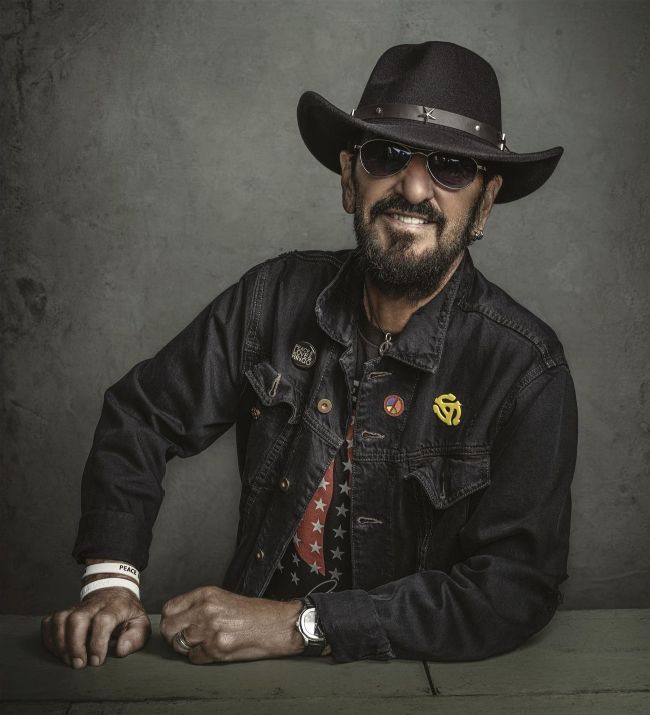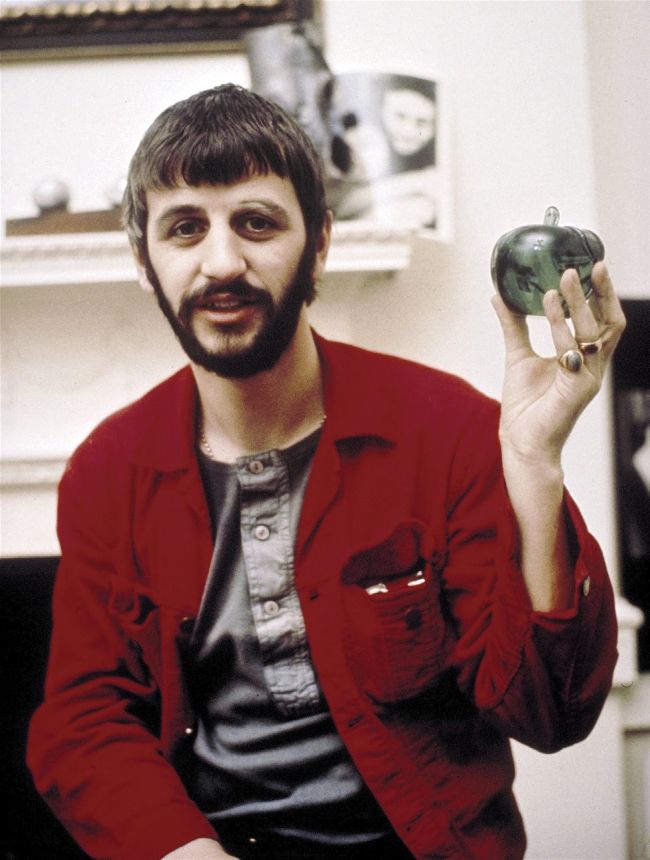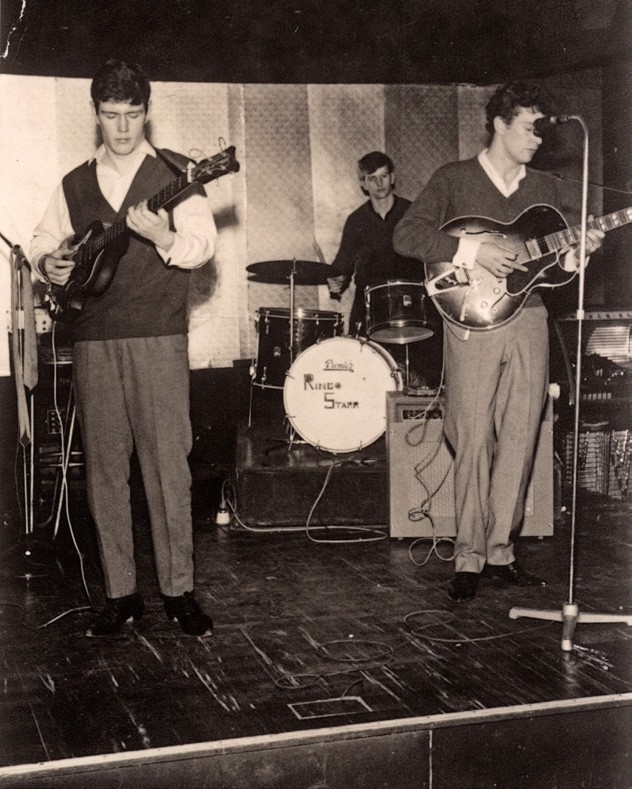STARR QUALITY
FOR SEVEN DECADES, THE WORLD HAS LOVED RINGO STARR. THE BEATLE WHO SEEMED BEMUSED YET UNALTERED BY MINDBLOWING FAME. A NEW ALBUM HAS SEEN HIM RECONNECT WITH THE MUSIC THAT STARTED IT ALL, IN A LIVERPOOL CINEMA IN THE 19495. TIME TO TALK COUNTRY. THE BEATLES' DEMISE, SOLO SUCCESS, AND A LIFELONG AFFINITY WITH AMERICA, "WHO KNEW IT WAS GOING TO BE SO HUGE?" HE ASKS TOM DOYLE.
AUTUMN 1969 AND RINGO STARR IS SAT IN THE expansive garden of his Brookfield mansion in Surrey, contemplating his uncertain future. All through the month of September, the fate of The Beatles had hung in the balance. At a band meeting at the Apple offices on the 8th, the mood had been upbeat, John Lennon even suggesting a formula to ease the creative tensions: a new 14-track album (for possible release in 1970) to feature four songs apiece by himself, Paul and George, and two by Ringo, “if he wants them”.
Twelve days later, at a second meeting on September 20, Lennon’s mood had turned. Likely emboldened by the success of the Plastic Ono Band’s live debut in Toronto in the interim, he had veered from peacemaker to provocateur, declaring “the group’s over, I’m leaving”. Nine days on, with the news of the break-up hidden from the public, the elegant swan song that was Abbey Road arrived in record shops.
All in all, it was an intense period that Starr would later describe as wholly “traumatic” for him.
“When it was over, I had to sit around the garden and think, y’know, I’ll just enjoy the sun… or a joint,” he tells MOJO today with a laugh. “And then I thought, Nah, come on, you gotta get up.”
Starr wasn’t idle for long. But notably, he didn’t foresee an ongoing career path as a drummer in a different group. “No, I didn’t think like that at all,” he instantly responds. At the end of a seven-year period in which he’d sung and written key Beatles songs – and become the endearing standout character in all of their films – he envisaged a musical future for himself as a solo artist, in parallel with the screen acting career that saw him that same year starring opposite Peter Sellers in surreal prankster caper The Magic Christian.

Back in the saddle: Ringo Starr gets ready for the country, September 3, 2024.
PORTRAIT BY DAN WINTERS.

Wandering Starr: (clockwise from left) Ringo at Apple Corps, 1969; 10-year-old Richy Starkey; cowboy hero Gene Autry; Starkey in 1959; Ringo drumming with (right) Tony Sheridan and bassist Colin Melander at the Top Ten Club in Hamburg, 1962.
Dan Winters

Colin Crawley/K & K Ulf Kruger OHG/Redferns/Getty, Chris Walter/Getty, Sunset Boulevard/Corbis via Getty, ALamy
By the end of October ’69, Starr was back in the studio, recasting himself as a crooner. Having called up trusted Beatles producer George Martin, he set in motion the making of an album of pre-rock’n’roll standards – Night And Day, Whispering Grass (Don’t Tell The Trees), even Bye Bye Blackbird – that had the glam-foreshadowing working title of Ringo Stardust, but which was released on Apple in March 1970 under the name Sentimental Journey.
“Where I come from, there was a lot of parties, and everybody had to sing a song,” he explains. “And these were all the songs that I’d heard, mainly at our house, or anybody’s house you went to.”
Still, as the first Beatle to make a solo bid for mainstream success (as opposed to arty kudos), it was a slightly bizarre move in the era of longhaired confessional troubadours and progressive heavy rockers. Slightly less anachronistic but way more fitting was its successor, which arrived only six months later.
Beaucoups Of Blues was a full-scale realisation of Starr’s earlyyears passion for country and an album-length exploration of the style he’d tapped into in The Beatles with everything from Act Naturally to Octopus’s Garden. It came about, strangely enough, as the result of an airport pick-up Starr did as a favour to Harrison, sending his driver to collect US pedal steel-player Pete Drake to take him to the sessions for All Things Must Pass. Drake noticed that Starr kept a collection of country cassettes in the car.